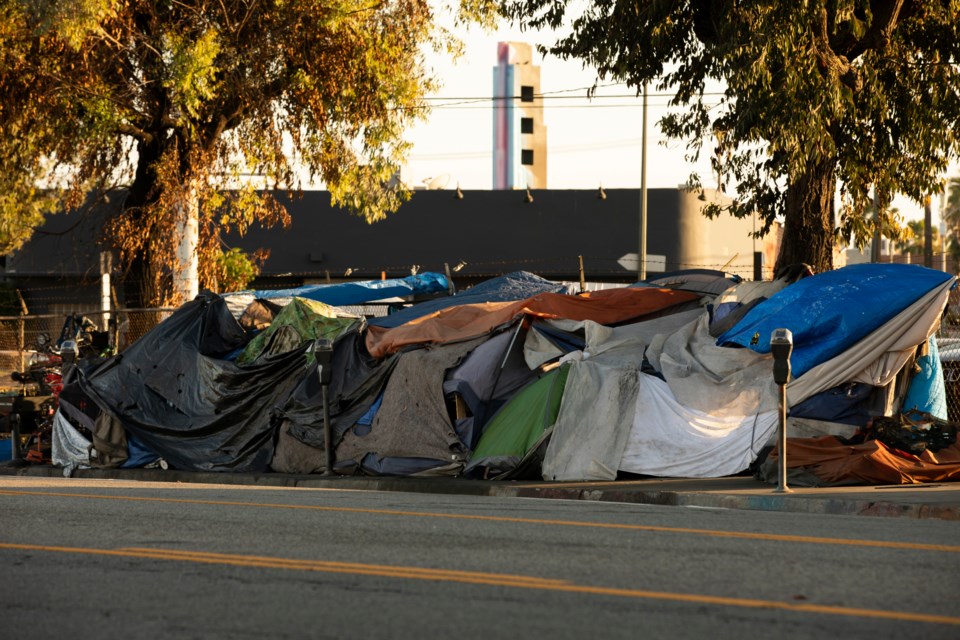A recently released report from a point-in-time count in January 2024 revealed that homelessness in Collin County is at its lowest since 2015.
Housing Forward, the leading nonprofit addressing homelessness in the region, reported that 3,718 homeless currently reside in Dallas and Collin Counties. The count in January signifies the third consecutive year of decline in homelessness, a departure from the upward trend observed over the past decade.
According to the report, almost 88% of the 3,718 individuals tallied in January reside in Dallas County, with 12% originating from Collin County. Approximately 64% identified as male, while 36% identified as female.
The data also highlights persistent obstacles. Despite comprising only 19% of the overall population in Dallas and Collin counties, Black households represent nearly 57% of the unhoused population.
Since 2021, over 10,100 individuals experiencing homelessness have been provided housing, resulting in declines this year compared to 2023 in family homelessness (15%), youth homelessness (22%) and veteran homelessness (21%).
“The success we are seeing in Dallas and Collin counties goes against national trends,” Peter Brodsky, Housing Forward board chair, said in a statement. “Together, we have built an infrastructure that is now housing more people experiencing homelessness than ever before and providing the critical wrap-around services to ensure people do not fall back into homelessness.”
Earlier this year, the U.S. Department of Housing and Urban Development allocated $27 million in annual funding for the All Neighbors Coalition, reflecting a 44% increase in performance-based funding compared to 2021 levels.
Coalition leaders recently committed to further advancing efforts against homelessness, setting a new target to halve street homelessness in the area compared to 2021 levels. With a $30 million investment from both public and private sectors, officials expressed confidence in achieving this goal by 2026.
The upcoming stage will prioritize the closure of encampments in public areas through a focused "street to home" strategy. This established model tackles public health and safety issues while extending support to those facing unsheltered homelessness. Encampment shutdowns are facilitated by offering onsite behavioral healthcare and rehousing assistance, aiding individuals experiencing homelessness in transitioning back to stable housing.
Don't miss anything Local. Sign up for our free newsletter.




